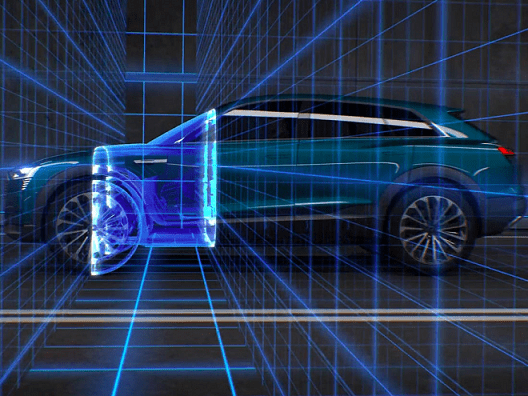Insurance matters concerning your automobile are enough to have your head spinning because there are so many technical terms being thrown around.
One term that Australian drivers need to be familiar with is IDV, your auto or trucks insured declared value.
So let us break it down for you.
Let’s say you walk into an Australian Auto Dealership and buy a brand new Toyota Hilux, the most popular vehicle in Australia for $63,000. So far, so good, but you’ll also need auto insurance to legally drive it on the road, and if you finance it, you’ll need complete coverage.
So let’s say a band of car thieves notices your truck, perhaps 3 months after you bought it, steal it, and chop it up into individual parts to sell on the market.
The Insured Declared Value would never be over $63,000, otherwise, the insurance company, which is already taking a loss, would be losing additional money if you declared your truck to be worth $70,000.
Depending upon where you live, and how the insurance company operates, they would have a database of the market price of every new car on the market, including the model of Hilux truck you bought.
Theoretically, it might be possible to declare your truck at a higher value than the $63,000 you purchased it for (although this is doubtful) but even if they allowed it,
you can guarantee you’ll pay more for your monthly premiums if the insured declared value is $63,000 than it would be if it was declared to be higher.
But guess what, if you are not financing a vehicle, then insurance companies let you gamble to an extent that nothing is going to happen to your precious truck.
If you think it will never be stolen, if you think that some idiot will never crash into you, or that an asteroid or flood will never destroy it, it may be possible to
save on insurance premiums by declaring the insured value as being less.
Say in the case of your new Hilux truck, you declare the value to be only $50,000.
In that case, if Murphy’s Law steps in, and your truck is stolen, crashed into or destroyed in some way, then the insurance company will only compensate you $50,000, even though to buy a replacement, you would presumably need to shell out the same
$63,000 or so to buy a replacement.
If you enjoy gambling, then being able to declare your vehicle’s insured declared value to be less in order to get a quote on the premiums is right up your alley.
But there’s even more to consider, as your vehicle ages.
Let’s say that you bought your new truck in 2020, and so now your vehicle is two years old. Do you think you will get the same value from your insurance company as someone who bought their vehicle in 2022? No way.
After only a 1 minute drive after picking up your vehicle at a dealership, typically the vehicle loses 12 percent of its value.
After one year, the car or truck has lost 20 percent.
And by the end of year two, another 10 percent is gone.
Depreciation rears its ugly head due to other factors besides age, such as the popularity of the model, and the amount of mileage you put on your vehicle.
If you drive 50,000 miles a year, your car will certainly depreciate faster than if you drive 20,000 miles.
The whole point here is that rarely can you raise the insured declared value of a truck or car because insurance companies have huge databases to help those set caps or
limits on your IDV.
But insurance companies will gladly let you set your Insured Declared Value at significantly less money than your vehicle is worth in the case of a catastrophic loss.
Generally, savvy shoppers obtain the maximum allowed insured declared value for their vehicle up to or close to the replacement value of their present vehicle. And if you absolutely need your car to get to work, to school, to pick up the kids or more, and in case of an accident you need to buy a suitable replacement within a week or two, then never gamble with a low insured declared value.
This is particularly true now more than ever. Cars and trucks, including used cars have skyrocketed in value in 2022 as COVID-19 factors have shrunk the availability of new vehicles because there are not enough computer chips coming from Taiwan, China, and South Korea.
This has resulted in used cars going up a startling 35 percent from 2021, so if you are counting on the replacement value of a used vehicle allowing you to purchase a replacement, you may be in for a shock to the tune of several thousand dollars.
The bottom-
Keep your replacement value as high as possible to avoid a second, very unpleasant surprise besides the fact that your car was stolen, crashed into, or underwater from the many Australian floods.
HedgeThink.com is the fund industry’s leading news, research and analysis source for individual and institutional accredited investors and professionals










